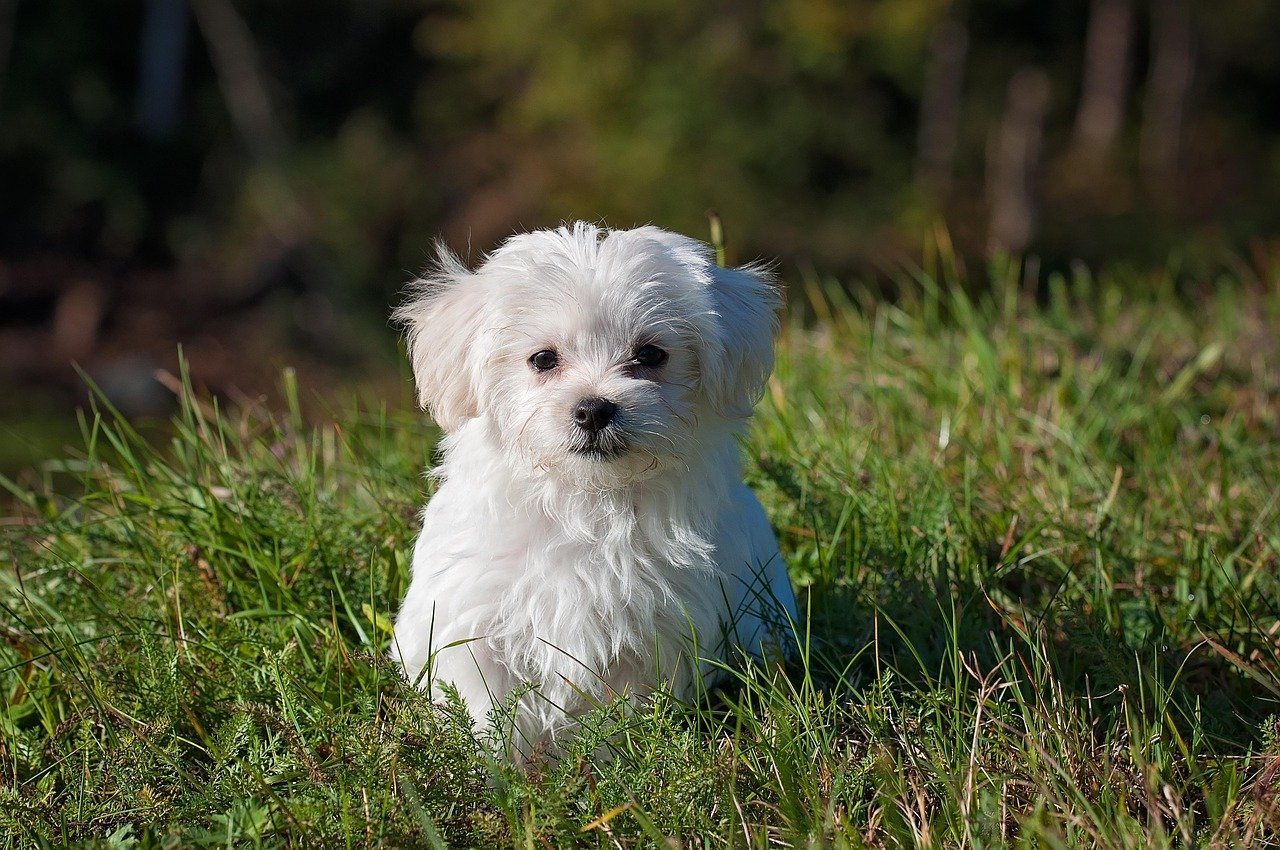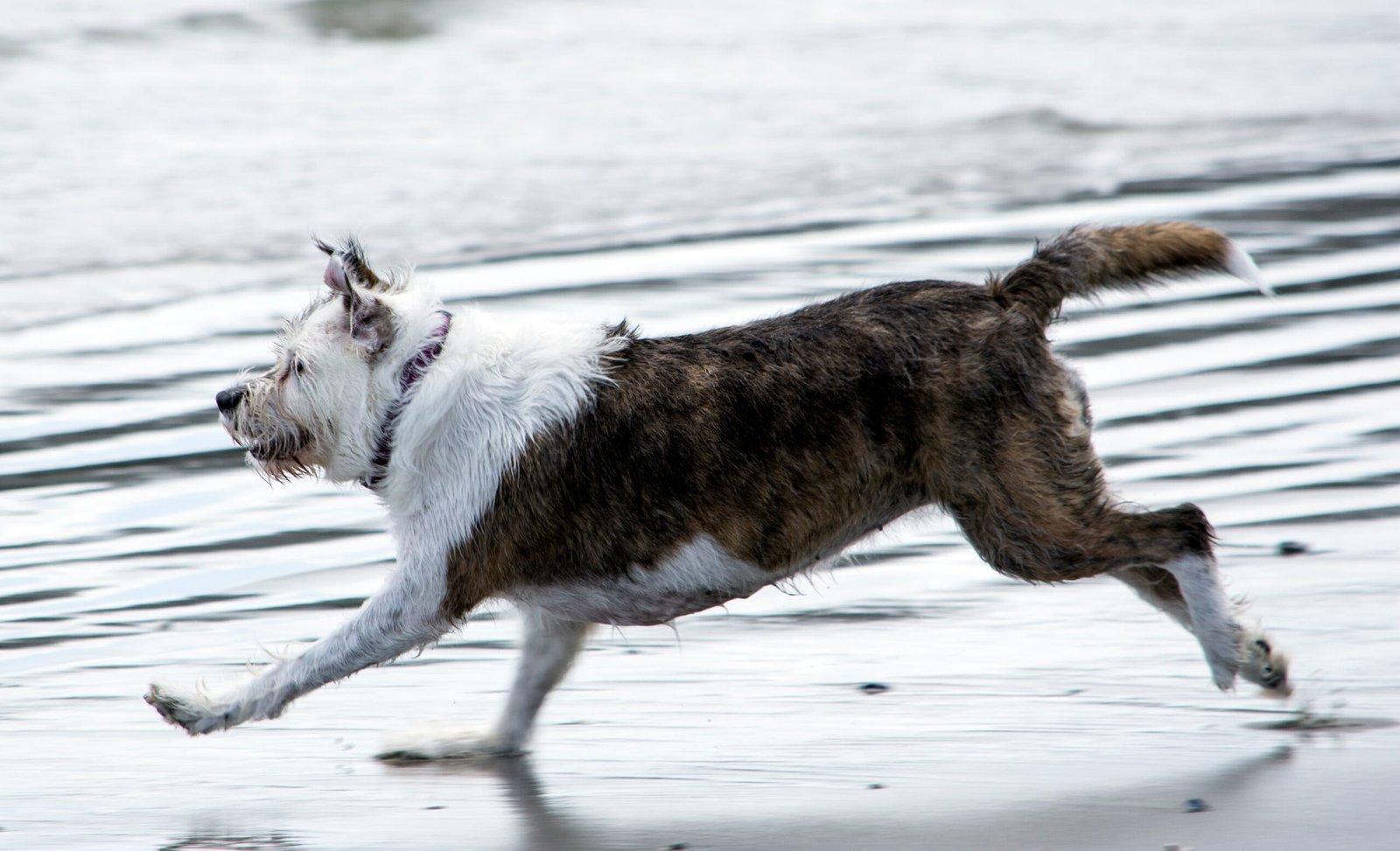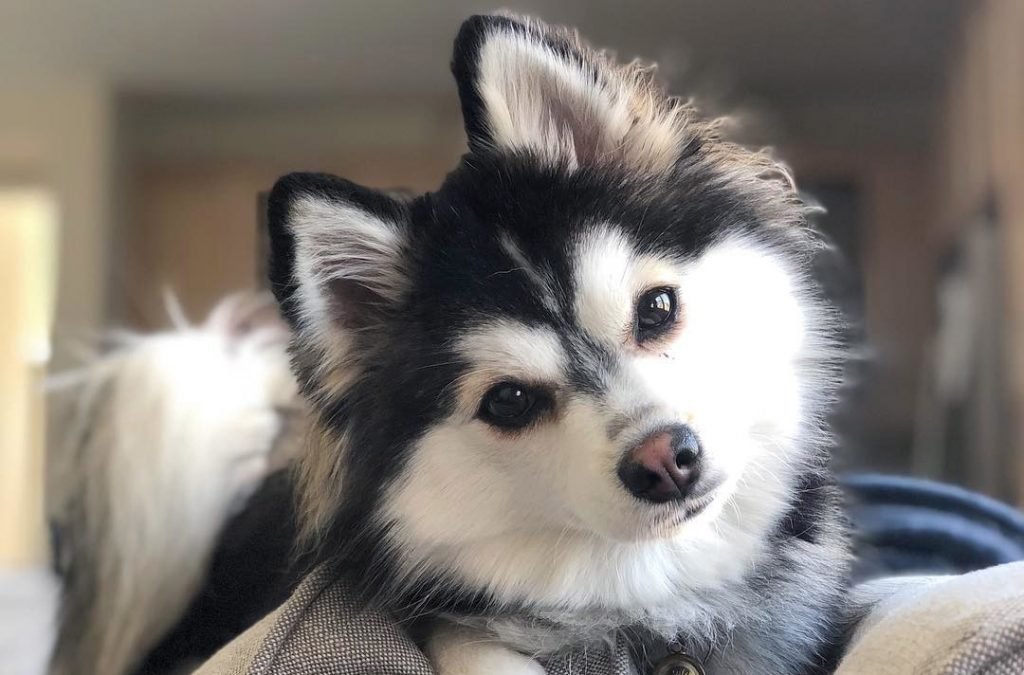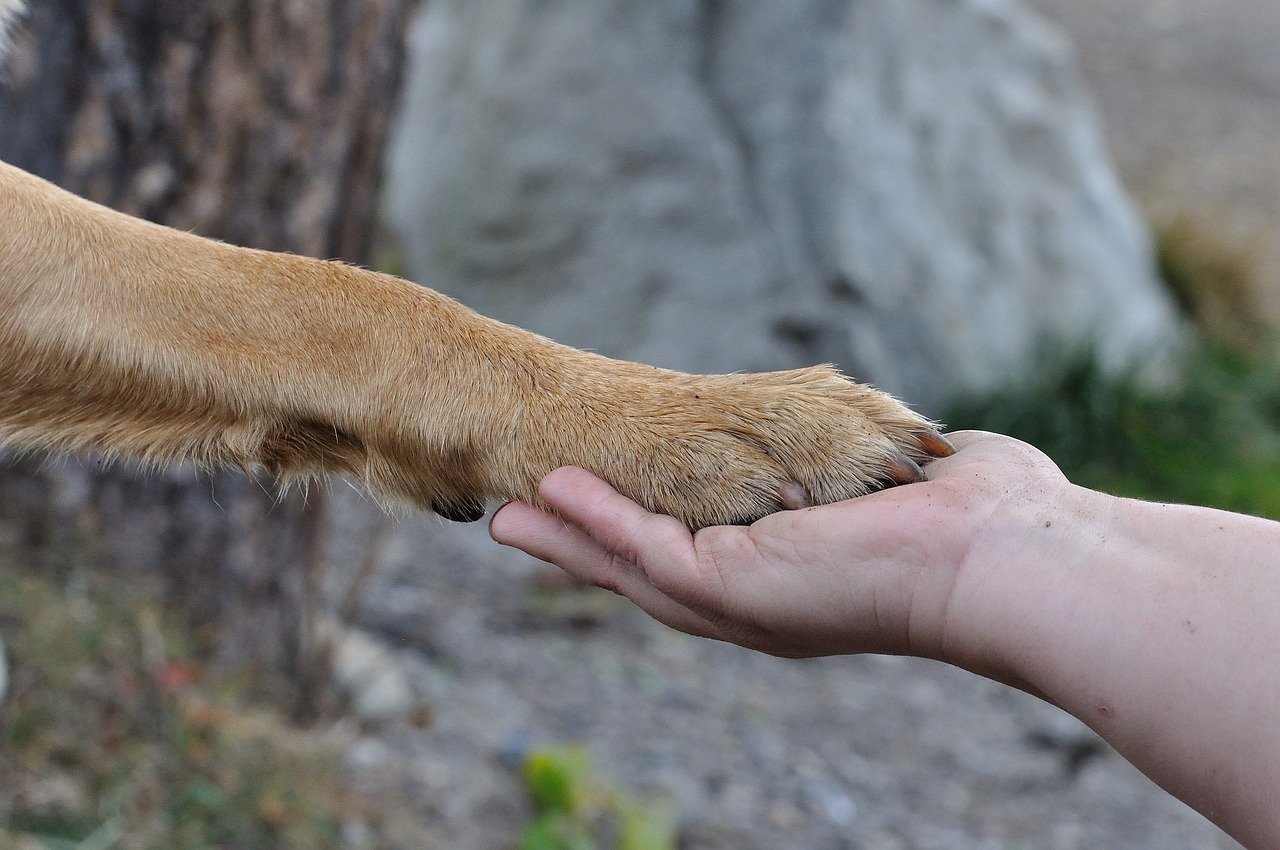Have you ever stared at your dog and wondered, “Why on earth is she doing that?” Maybe she circles her bed before lying down, or suddenly zooms across the living room like a furry rocket. At first glance, these quirks might seem totally random—maybe even a little silly. But here’s the surprising truth: many of your dog’s most puzzling behaviors are actually packed with meaning. Understanding these habits can open a window into your dog’s mind, making your bond even stronger. So, let’s dig into the world of canine quirks and decode what your best friend is really trying to tell you.
Circling Before Lying Down: Ancestral Instincts at Work

Watching your dog spin in circles before finally curling up to rest can be pretty amusing. But this behavior is far from pointless. It’s a leftover from their wild ancestors, who would circle to tamp down grass or leaves, making a comfy and safe bed. Circling also helped them check for snakes, insects, or anything else that might threaten their safety. Even though your dog now has a soft pillow or blanket, this ancient instinct remains. It’s like your pup is hardwired to make sure everything is just right before drifting off. This ritual can also be a way for dogs to claim their territory, marking their spot with their scent as they settle in.
Zoomies: Unleashing Pure Canine Joy

If you’ve ever seen your dog suddenly tear around the house or backyard at top speed, you’ve witnessed the famous “zoomies.” While it might look totally random, zoomies are actually a joyful release of pent-up energy or excitement. Dogs often get zoomies after a bath, during playtime, or when you come home after being away. It’s their way of letting loose and expressing happiness. Sometimes, it’s just pure relief—like shaking off stress or boredom. Zoomies are a reminder that sometimes, the best thing you can do is just run wild and enjoy the moment, no matter how goofy you look.
Head Tilting: Listening With Their Whole Body

Few things melt hearts like a dog tilting its head when you talk to them. This endearing gesture isn’t just for show. Dogs tilt their heads to better hear and interpret sounds, especially when they’re trying to figure out what you’re saying. Their ear structure makes it tricky to pinpoint sounds, so the tilt helps them focus. Some researchers even believe this habit helps dogs see our facial expressions more clearly, boosting communication. If your dog does this, it’s a sign she’s paying close attention and wants to understand you—proof that the bond between you goes way beyond words.
Pawing at You: Seeking Connection—or a Treat

When your dog gently paws at you, it might feel like a charming plea for attention. And often, that’s exactly what it is. Dogs use their paws to communicate needs, whether it’s asking for a belly rub, food, or simply some love. In the wild, pawing is also a submissive gesture, used to show trust and affection to pack leaders. At home, it’s your dog’s way of saying, “Hey, I’m here—let’s connect.” If the pawing gets too insistent, it might mean your dog is bored or anxious and needs some extra play or reassurance.
Sneezing During Play: Signaling “It’s All in Good Fun”
Have you ever noticed your dog sneezing during a rowdy play session? While it might seem odd, this isn’t a sign of allergies or irritation. Dogs often sneeze to communicate that their roughhousing is just play, not aggression. It’s like a built-in safety signal for their canine friends, saying, “Relax, I’m not mad!” This playful sneeze helps keep interactions friendly and fun. Think of it as your dog’s way of laughing during a tickle fight—a silly, but meaningful, reminder that playtime is safe.
Leaning Against You: Seeking Comfort and Trust
When your dog leans her whole weight against your leg or side, it’s more than just a quirky habit. This gesture says, “You’re my safe place.” Dogs lean to feel close, secure, and supported—especially if they’re feeling nervous or unsure. In packs, physical closeness builds trust and belonging. At home, leaning is your dog’s way of forming a stronger emotional connection with you. It’s a silent, simple way of saying, “I trust you with everything I am.” If you’ve ever needed a hug after a hard day, you know exactly what your furry friend is feeling.
Bringing “Gifts”: A Token of Affection

If your dog greets you with a slobbery toy, a shoe, or even something from the yard, you might wonder what’s going on. This gift-giving habit is deeply meaningful. In the wild, dogs share food or objects with pack members as a way to build bonds. At home, your dog is saying, “You’re important to me—let’s share!” Sometimes, these gifts are just a simple invitation to play. Other times, it’s a sign of trust and affection. Even if the “gift” is a little gross, remember: it’s your dog’s way of saying you’re part of their inner circle.
Sniffing Everything on Walks: Collecting “News”
A walk with your dog can feel like a stop-and-go adventure, with your pup pausing to sniff every lamp post, bush, and blade of grass. While it might slow you down, this sniffing spree is anything but random. Dogs “read” the world through their noses, picking up messages left by other animals. Each scent tells a story—who was there, what they were doing, even how they felt. For dogs, a walk is less about exercise and more about gathering information. It’s like checking their social media feed, catching up on the latest neighborhood gossip, one sniff at a time.
Dogs exhibit many behaviors that seem odd to us, but are actually rich with meaning. For instance, the familiar “zoomies” are not just random bursts of energy; they’re a natural release of pent-up excitement, often after a bath or a long period indoors. The seemingly endless sniffing during walks is how dogs gather vital information about their environment, acting as their primary sense for understanding the world. When a dog spins before lying down, it’s an ingrained instinct to create a comfortable, safe “nest” by flattening grass or checking for threats. Licking can be a sign of affection, a self-soothing mechanism for anxiety, or even a way to gather information about your taste and scent. Finally, a dog’s unwavering stare isn’t always demanding; it can be a profound sign of love and trust, releasing oxytocin in both you and your furry friend.

Linnea is a born and bred Swede but spends as much time as possible in Cape Town, South Africa. This is mainly due to Cape Town’s extraordinary scenery, wildlife, and atmosphere (in other words, because Cape Town is heaven on earth.) That being said, Sweden’s majestic forests forever hold a special place in her heart. Linnea spends as much time as she can close to the ocean collecting sea shells or in the park admiring puppies.






